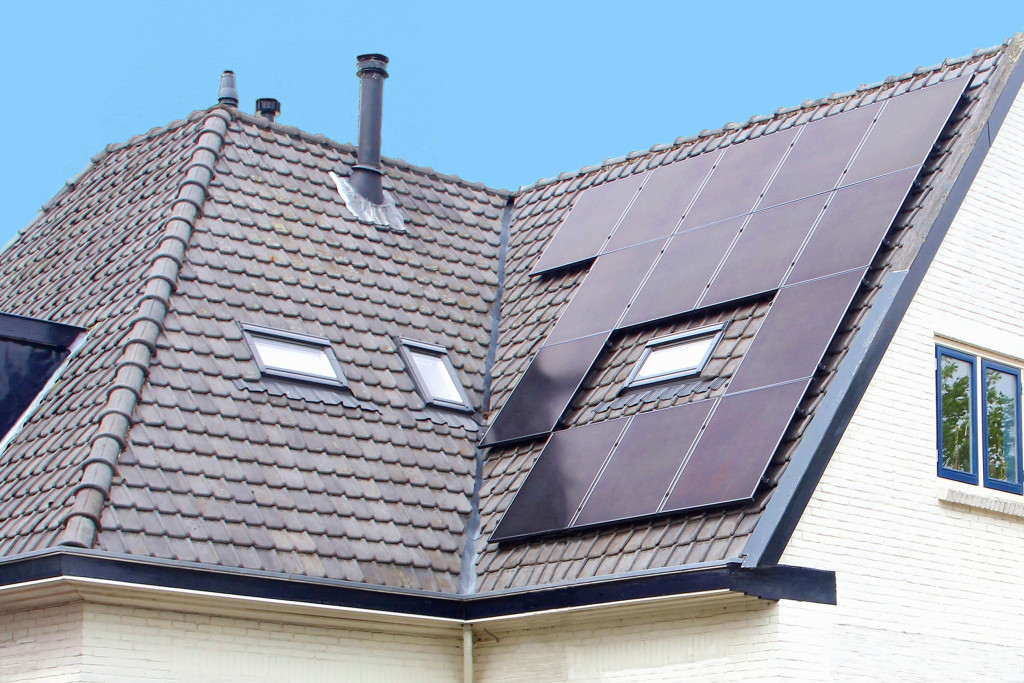Living in a healthy and sustainable house means making sensible choices about the design, construction materials, and ongoing maintenance of your home.
Having a plan is the first step to having a healthy house. Start with an accurate site survey, which will allow you to choose the right orientation for your building and give you an idea of what construction materials are available in your local area.
The next step is choosing the best design for your climate zone. There are many online resources and you could also seek advice from a local sustainable builder.
Your home will continue to affect your and your family’s health and well-being long after construction is complete. How you design and maintain the house, the materials inside it, and how you use them all influence your health over time. This can sometimes be hard to see because we get used to our surroundings.
The best people to provide advice on how you can maintain your home in a sustainable way are local tradies, your local council, or the government’s environmental health officers.
Tips for Designing a Sustainable House
– Use local materials for the construction, if possible. Cement made with sand from your area will have less embodied energy than cement made with sand from further away.
– Aim to use non-toxic and low VOC (volatile organic compound) construction materials when building your home.
Some practical design tips are:
– Reduce the sun’s heat in the summer by keeping trees and bushes around your home, but with enough space to let in light. Protect from cold winter winds by planting deciduous trees that lose their leaves in winter on the northern side of your home. In autumn or when they leaf out, plant evergreen plants for a windbreak.
– Avoid using too much steel in the construction of your home. Steel is made with coking coal, which releases large amounts of carbon dioxide when it’s mined.
– Use passive solar design principles to reduce the need for energy or heating throughout the year. A simple way to do this is by orientating windows on the southern side of your home to make the most of sunlight during winter, but minimizing heat loss in summer.
– In order for a building site to be considered sustainable it must have a healthy indoor environment while it is being built and while occupants are living in it. Your architect should incorporate good ventilation into the design, especially if the home is going to use gas appliances.
– Position your home to make the most of natural ventilation and cooling from wind, but also protect it from strong winds with a solid shelterbelt or hedge on the northern side. Protecting against harsh summer sun will require different strategies depending on your location. In cooler climates, thick vegetation can provide shade while in warmer climates you may need some form of breezeway between buildings.
– To reduce the amount of water you use in your home, have a look at rainwater tanks or another source of water catchment to keep roof run-off out of sewerage systems, which are usually overburdened during heavy rainfall. If this isn’t possible, explore greywater options with a skilled plumber for uses such as flushing toilets, which will help reduce household water usage.
– If your home is going to be connected to a septic tank, you should avoid using products containing phosphorus because it can encourage algae growth in the septic system.
Tips for Maintaining a Sustainable House

Maintaining a sustainable house takes a similar level of commitment as building it. If you are considering the best way to maintain your home, then some sustainable design principles can help.
– Water is a high priority for maintaining your house. Sustainable homes use less water because they often have water tanks, efficient appliances, and good plumbing systems.
– Flexibility is another important factor when it comes to maintenance; materials need to be chosen with the future of your house in mind. Sustainable materials can be expensive, but many are affordable options that simply require careful maintenance until they wear out.
– Maintenance costs less than running new appliances or after-sales service because you don’t have to go through the whole construction process again. This is why it’s important to choose sustainable materials and components for your home.
– A good way to maintain some of the more toxic aspects of a sustainable house is to plan on swapping them with non-toxic options as they wear out. This boosts your green credentials as well as saves money, as you avoid having to buy new appliances or other items that use more energy and release more pollutants into the environment.
– Patio roofs are a great idea for reducing your energy bills, but they must be lit properly to provide good safety. If you have solar panels on your roof or in your yard, this will also help you save energy.
– For sustainable houses that are powered by solar energy systems, large garages or outbuildings offer easy storage for the batteries and inverters.
– Exchange old appliances for new ones with energy ratings, to reduce your greenhouse gas emissions and reliance on non-renewable sources of energy such as coal.
Invest in a high-quality sustainable home that will last you well into the future, as once you’ve built it, maintenance is fairly simple. You can choose sustainable materials that require little to no ongoing maintenance over unsustainable materials which have short life spans and are harder to maintain.
Sustainable living goes hand in hand with home maintenance because they both benefit the environment.


